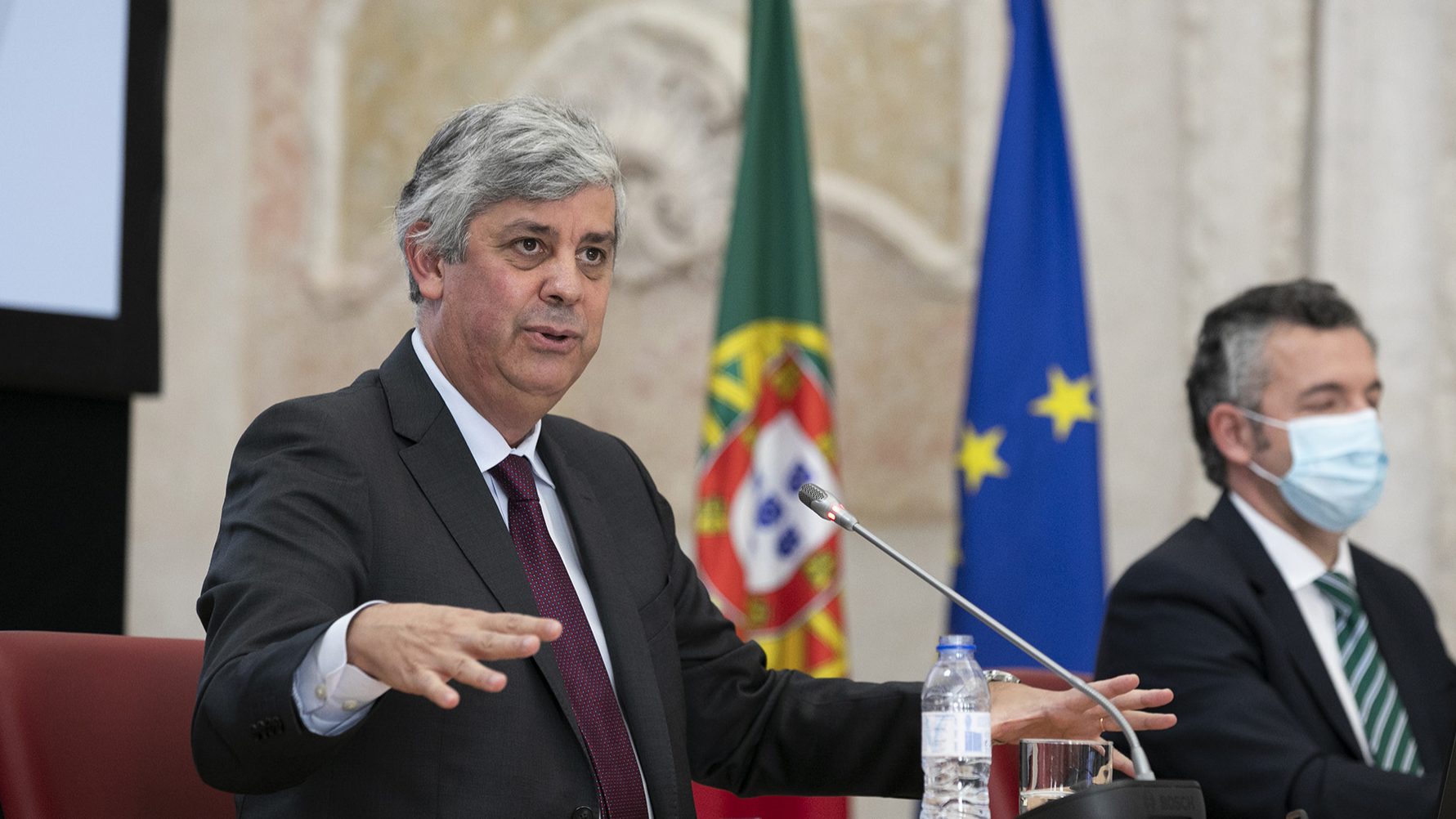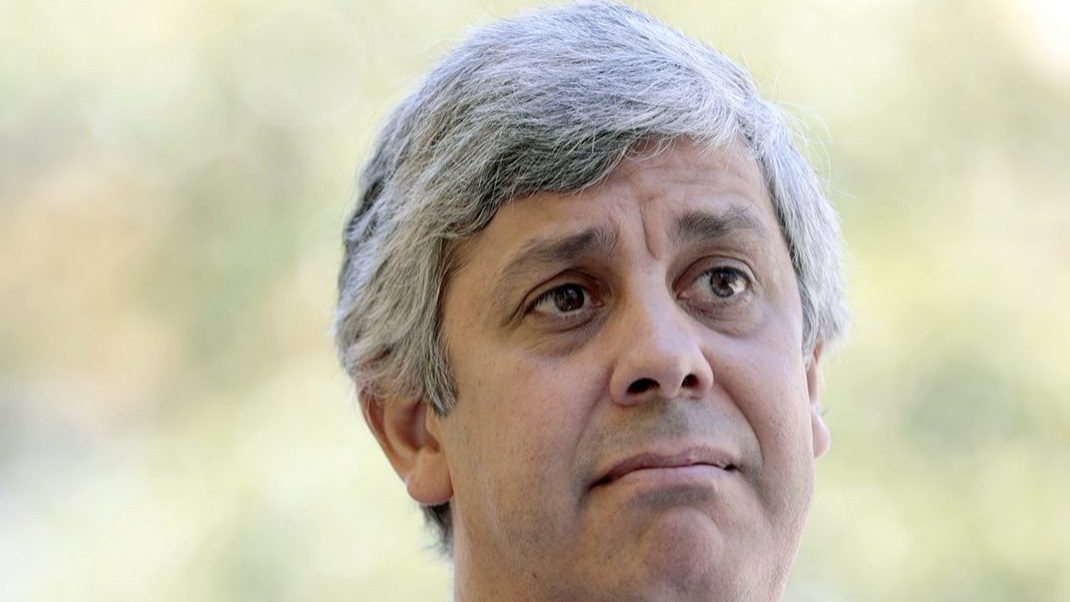Portugal’s peak inflation expected to remain under 4%
Analysts heard by Lusa believe that the country's peak year-on-year inflation rate is not expected to exceed 4%.
Portugal’s peak year-on-year inflation rate is not expected to exceed 4%, according to analysts heard by Lusa, who believe in a drop in prices in the euro area from the second quarter.
“It is possible that Portugal, in addition to internal pressure, will start to import inflation so that inflation may approach 4%,” Pedro Lino, economist and chief executive officer (CEO) of Optimize Investment Partners, told Lusa.
In recent months, the rise in inflation has generated debate among policymakers and institutions about whether this is a transitory phenomenon, increasing pressure on the timing for the withdrawal of central bank stimuli.
The eurozone’s year-on-year inflation rate hit the 5% barrier in December, a new high since the series began in 1997, up from 4.9% in November and -0.3% in December 2020, according to Eurostat data published on Wednesday.
The upward trend in prices in the European Union also continued, comparing the 5.3% of December 2021 with 5.2% in the previous month and 0.3% year-on-year.
In December, Portugal recorded a year-on-year inflation rate of 2.8%, the second-lowest among European Union countries, with Malta recording a rate of 2.6% and Finland 3.2%. The highest were recorded in Estonia (12%), Lithuania (10.7%) and Poland (8.0%).
“I admit that this 5%-5.5% zone [in the eurozone] should mark the top, but I don’t expect inflation to fall very quickly, especially due to the effect of energy prices, which are not yet dissipating,” anticipates Filipe Garcia, economist and president of IMF – Financial Market Information, in statements to Lusa.
The economist believes that the increase in Portugal should not be as sharp as the average of the countries of the single currency and that the country “should not pass [the maximum barrier] of 4% if we get there.” However, he expects a “strong number” in January.
For Paulo Rosa, senior economist at Banco Carregosa, the worst may be over, adding, “We may be at the highest point of inflation in Portugal this year, as well as in Europe and the US.”
In a general picture, the projections of the main national and international institutions place the average annual variation rate of the Portuguese Harmonised Consumer Price Index (HICP) for 2022 in a range between 1.8% (Banco de Portugal estimate) and 0.9% (Ministry of Finance estimate).
The European Commission and the Organisation for Economic Cooperation and Development (OECD) anticipate a variation rate of 1.7%, the International Monetary Fund 1.3% and the Public Finance Council 1.6%.
However, Finance Minister João Leão, on 18 January, said that Portugal should remain “attentive and vigilant” to inflation, in the face of rises in rates that put pressure on prices, expecting “a strong reduction” in the second half of this year.
At the end of the meeting of European Union finance ministers, Ecofin, João Leão said that “Portugal has one of the lowest inflation rates” in the EU, but “should follow the European reflex,” with percentages still high in the first half of 2022 and lower and more stable in the second.
“The analysis that was made by the ECB [European Central Bank] and the finance ministers is that the inflation rate will decelerate throughout this year and, above all, a strong reduction is expected from the second half of this year,” he added, now anticipating that “inflation will be, next year, above what was predicted by all,” above 1% in Portugal and beyond 2% at European level.
Even so, this is “a higher rate of inflation than expected, but with a strong temporary component,” João Leão said.
Speaking to Lusa, economist Paulo Rosa added that monitoring the evolution of energy prices in Europe “will perhaps be the main task to understand the movements of inflation in Portugal in the coming months.
Economists heard by Lusa identify the impact of constraints in supply chains, fiscal and monetary policies to support recovery and energy prices for the evolution of inflation. Still, they believed in beginning a downward trajectory in the euro area after the first quarter.
“We should start to see a slowdown in inflation from May/June this year when these constraints start to ease and allow for an increase in supply,” said Pedro Lino.
Filipe Garcia predicted that the peak of inflation in the single currency countries “may already occur this quarter”, although he expects inflation to remain “above” that observed in recent years.
The economist said that “this inflation is appearing more on the supply side than on the demand side, as is more usual”, and is dependent “precisely on the resolution” of “supply problems”.
“The longer they persist, the greater the upward pressure on wages – which is already being felt mainly in the US – making it difficult for inflation to be only transitory,” he says, adding, “With inflation having these origins, I suspect that monetary policy will not be particularly effective and that is what explains the European Central Bank’s reluctance to even admit to raising interest rates.”
“In any case, if inflation remains high, it will probably have a decelerating effect on the economy, namely on global demand, which will help to correct the problem,” he argues, signalling that, on the other hand, “it is not at all certain that the rise in energy prices is over, which could cause the phenomenon to be prolonged for a few more months.”
Paulo Rosa recalled that long-term interest rates, namely Treasury rates, have risen significantly in the last 30 days and “are a considerable brake on inflation”, exemplifying that the yield of the 10-year German Bund entered positive territory on Wednesday for the first time since April 2010 and the implicit interest (profitability, yield, ‘yield’) of the 10-year US treasury is at 1.90%, the highest value since late 2019.
“The rise in oil prices may be limited, and slight increases have little impact on consumer prices. Winter increases consumption, especially energy for heating, considerably, but this consumption will slow down with the arrival of spring. A drop in energy price is deflationary for producer and consumer prices”, they justify.
Even so, economists identify some risks. “One of them is that the situation may get out of control and induce problems in the economy that, in the limit, may lead to stagflation,” points out Filipe Garcia, explaining that some sectors or companies may “not be able to bear the higher prices at the input level, and consumers may not be able to pay higher prices and reduce consumption.
Pedro Lino also identified the difficulty of some companies in passing on the increase in production costs to consumers, reducing their margins, and thus not managing to increase salaries, as well as “the loss of purchasing power by workers and savers, as they are not compensated via salary increases, or remuneration of investments, via interest.
“If this situation continues, and taking into account that, for example, fuel corresponds to imports, we will have an increase in the trade deficit, and an economic slowdown, which will result in an imbalance in public accounts,” he added.


